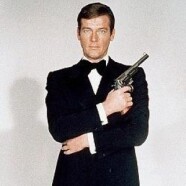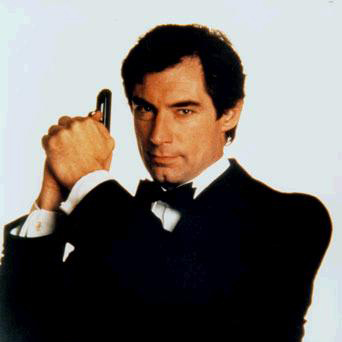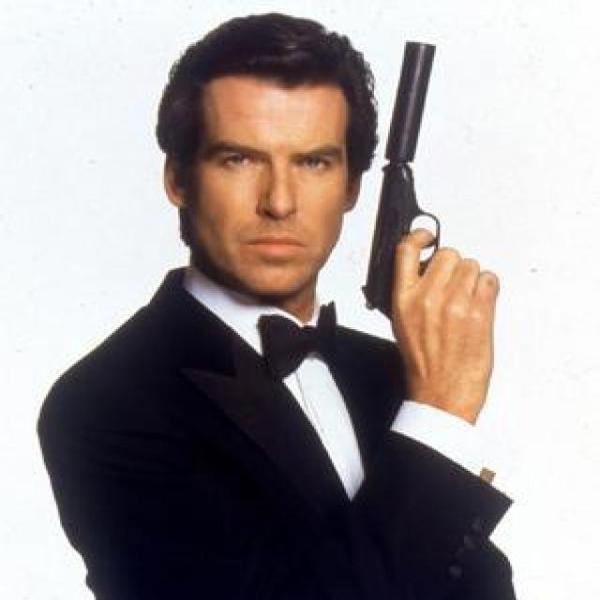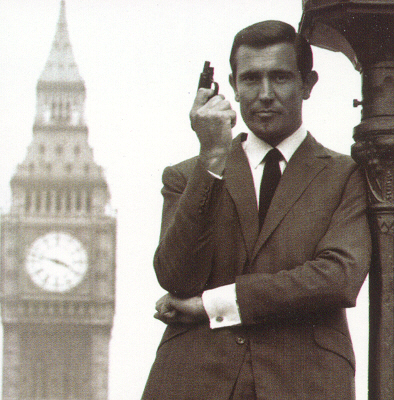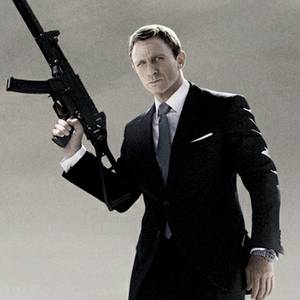7 Days of 007 – Day 4: Roger Moore
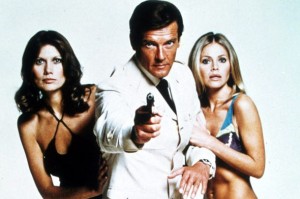 Once named as “the lethal comedian,†Roger Moore is the longest officially-tenured 007 in the franchise, with Connery tying the record only if the unofficial Never Say Never Again is counted in your lexicon (I count it, but only because it’s Connery and not a parody). Although Moore will probably always be known as “the man who replaced Connery,†let it not be said that his era doesn’t stand on its own.
Once named as “the lethal comedian,†Roger Moore is the longest officially-tenured 007 in the franchise, with Connery tying the record only if the unofficial Never Say Never Again is counted in your lexicon (I count it, but only because it’s Connery and not a parody). Although Moore will probably always be known as “the man who replaced Connery,†let it not be said that his era doesn’t stand on its own.
Moore’s tenure as Bond officially began with 1973’s Live and Let Die. How did it happen when Connery was contracted for another one? Easy. Connery turned down the astronomical sum of $5.5 million to do it again and gave Moore his personal seal of approval, calling him “an ideal Bond.â€Â That said, the producers made a conscious decision to make Moore’s 007 as different from Connery as they could without changing the character completely. The changes were subtle, but noticeable to Bond fans. For instance, Bond drinks bourbon instead of the vodka martini “shaken, not stirred.â€Â Interestingly, in spite of the Vesper martini being a well-known classic in the novels, bourbon is actually more in keeping with the literary version of the character. Another interesting note is Bond’s cigarette habit is gone. In the novels, Bond smokes about 70 cigarettes a day, and Connery even lights up occasionally, though nowhere near to that level. Moore’s Bond smokes cigars. Moore was a well known cigar aficionado, and actually had a clause added to his contract giving him an unlimited supply of cigars on set.  While the exact figure of the Roger Moore cigar budget is still unknown, producer “Cubby†Broccoli said it was “in the thousands.â€Â And the gadgets? Moore’s era uses more of them than any other Bond as it was during his tenure that science fiction enthusiasm entered a new age with the coming of Star Wars and the beginning of NASA’s space shuttle program. And yet, despite seven films, Moore never got to drive the Aston Martin in any of them. Seems a shame, doesn’t it? He did, however, get to drive it in 1981’s The Cannonball Run when he parodied his Bond persona.
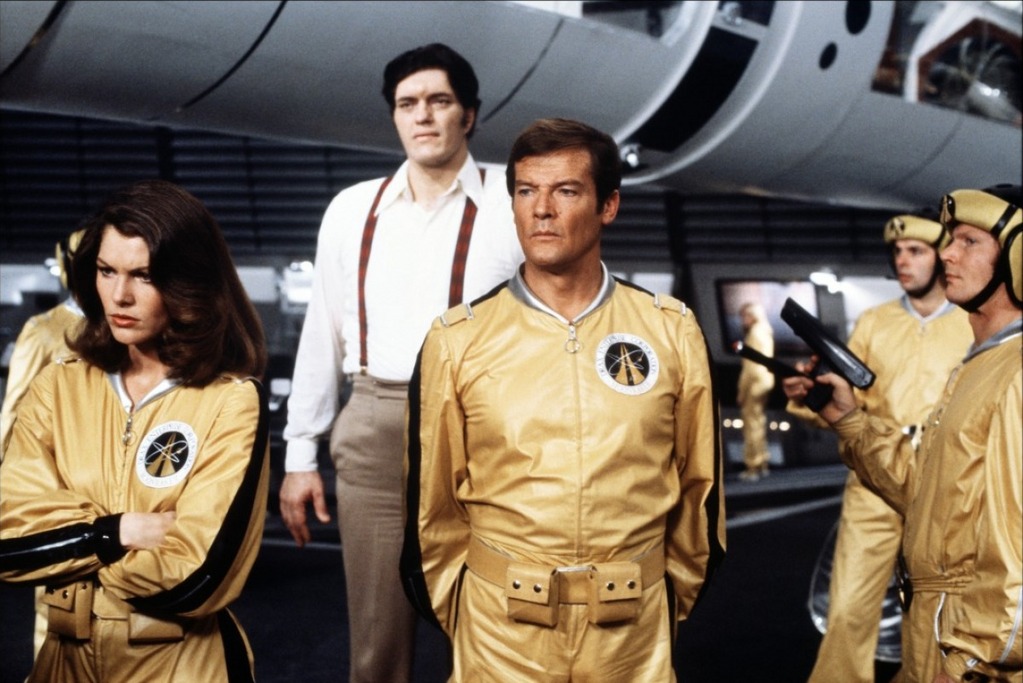 The primary trademark distinction of the Moore era is the humor. In Moore’s own words, “To me, the Bond situations are so ridiculous, so outrageous.  I mean, this man is supposed to be a spy and yet, everybody knows he’s a spy.  Every bartender in the world offers him martinis that are shaken, not stirred.  What kind of serious spy is recognized everywhere he goes?  It’s outrageous.  So you have to treat the humor outrageously as well.  My personality is entirely different than previous Bonds.  I’m not that cold-blooded killer type.  Which is why I play it mostly for laughs.â€Â He also states that his own acting range consists of “left eyebrow raised, right eyebrow raised,†so take him how you will. He’s nothing if not candid, which is why I will also recommend reading his books. You won’t find a lot of dirt, but you will find honesty in abundance. He is well-known to have had a good time with most of his films, and he has expressed his hopes that the audience did too.
The primary trademark distinction of the Moore era is the humor. In Moore’s own words, “To me, the Bond situations are so ridiculous, so outrageous.  I mean, this man is supposed to be a spy and yet, everybody knows he’s a spy.  Every bartender in the world offers him martinis that are shaken, not stirred.  What kind of serious spy is recognized everywhere he goes?  It’s outrageous.  So you have to treat the humor outrageously as well.  My personality is entirely different than previous Bonds.  I’m not that cold-blooded killer type.  Which is why I play it mostly for laughs.â€Â He also states that his own acting range consists of “left eyebrow raised, right eyebrow raised,†so take him how you will. He’s nothing if not candid, which is why I will also recommend reading his books. You won’t find a lot of dirt, but you will find honesty in abundance. He is well-known to have had a good time with most of his films, and he has expressed his hopes that the audience did too.
Moore did express misgivings about his final appearance as 007 in A View to a Kill. “I was horrified on the last Bond I did.  Whole slews of sequences where Christopher Walken was machine-gunning hundreds of people.  I said ‘That wasn’t Bond, those weren’t Bond films.’  It stopped being what they were all about.  You didn’t dwell on the blood and the brains spewing all over the place.â€Â
For newcomers to the Roger Moore era who would like to see his run, Moore’s résumé as 007 consists of the following movies:
- Live and Let Die (1973)
- The Man with the Golden Gun (1974)
- The Spy Who Loved Me (1977)
- Moonraker (1979)
- For Your Eyes Only (1981)
- Octopussy (1983)
- A View to a Kill (1985)
As noted above, the unofficial Never Say Never Again brought back Connery for one final appearance as 007, and it went head-to-head in theaters against Octopussy. It’s much-debated for its quality, and I invite everyone to make up their own mind… and come back and talk about it here.  For that matter, chime in about how much fun the Roger Moore films are!
1987’s The Living Daylights was originally written for Moore, but the script was altered slightly to suit Timothy Dalton when Moore stepped down from the role. Tune in tomorrow for more on this next era when Dalton takes center stage!

